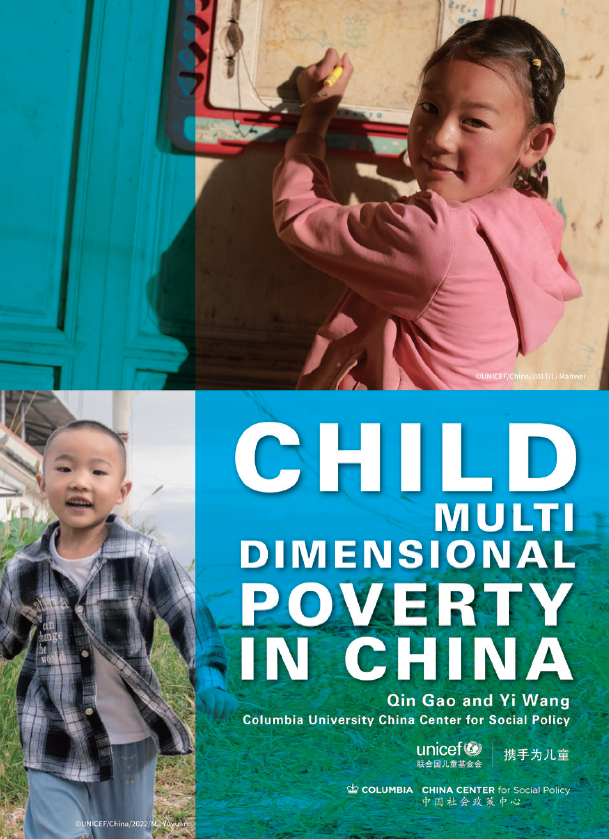Download the Report and Executive Summary.
下载 报告及执行摘要(中文版)
The report reveals that the share of children in multidimensional poverty declined nationally from 49 per cent in 2013 to 19 per cent in 2018. Large disparities were found in multidimensional poverty rates across rural, urban, and migrant children, with rural children persistently more likely to be in multidimensional poverty than their urban and migrant peers.
By comparing child multidimensional and income poverty, the report shows that the child multidimensional poverty rate was much higher than the income poverty rate across rural, urban, and migrant population groups and in both 2013 and 2018. Child multidimensional poverty overlapped with income poverty to some extent. Still, even rural children in higher income quintile groups had relatively high multidimensional poverty rates as compared to urban and migrant children.
The report makes four policy recommendations, including adopting child-specific, multidimensional measures to monitor poverty; expanding support to improve the economic resources and living conditions of rural children and their families; developing child-centered policies and programs that are sensitive to the specific needs of different child subgroups; and making structural changes to the Hukou system to enable equal access and support all children to reach their full potential.
